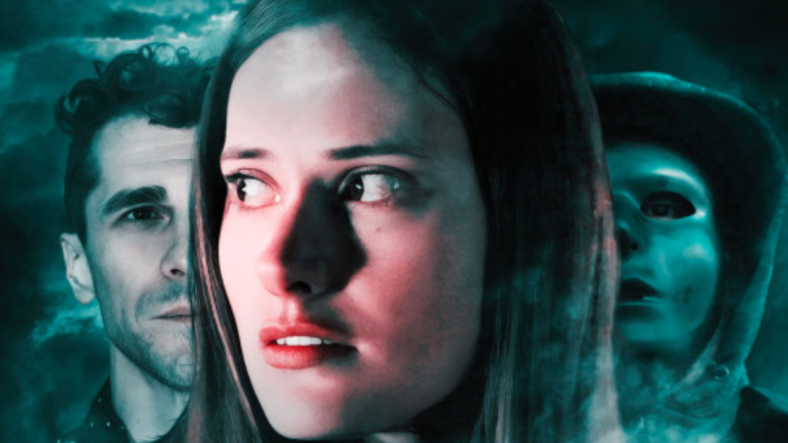‘The Empty Space’ Review: An Outline of a Moving Concept

A few weeks after my father died, I began seeing things. Or, more accurately, felt like someone was watching me. The sensation would strike when I was home alone. In my peripheral vision, I’d see a shadow of a being in a room just out of view, some feeling that someone was behind that cracked-open door. Perhaps it was a man. But whatever it was, it felt watchful, vigilant. I’d rush towards it, but once I looked over—nothing.
How much power this nothingness felt. How small I felt in comparison. Wouldn’t I know that being outweighed any horror of the imagination? Any ghost’s grasp—if they existed—could never compare to mine. I’d punch the air to remind myself of how muscles work, to show how here I was, and how nothing wasn’t. Sure, we can call this an aftershock of grief. Or we could call this a metaphysical quandary that loss inspires in us once we realize how finite life is. But whatever it is or isn’t is beside the point. It was part of my grieving reality and needed to be dealt with if I wanted to stop searching for who was no longer there.
If we can discuss how buoyant a room feels when happiness struts in, is that outlandish to shed light onto the darkness that hungers for our attention when loss arrives? And, as important to ask, how much energy do we give this invading darkness as we sort through its hold on us? Processing versus hyper-fixating on loss is a hard balancing act to achieve. Of course, a thriller film seeking to investigate all of the above has several unenviable tasks ahead to accomplish.
Writer and director Andrew Jara’s feature film The Empty Space does an admirable job of presenting these questions within a tight 70-minute runtime. The film centers around Aimee Andrews (Valerie Alene), who is struggling to deal with witnessing the traumatic death of her boyfriend, Noah (Joe Sinclitico). She seeks out a loss support group to help her process her feelings but is soon seemingly haunted by Noah’s ghost.
Displaying grieving characters on-screen is tricky to do but the best part about this film is how it expresses the disjointed feelings of limitless time, place, and memory amidst traumatic grief. Past, present, and the future without a loved one bleed into each and every thought of the bereaved simultaneously. In that aim, this film succeeds—blurring timelines, literal frames of film, and stability of the narrative. Nothing is straightforward as nothing can be after that. Aimee’s search for purpose and motivation is aimless as it feels to want anything in the height of grief.
At times, Alene’s acting veers a little too quiet for the depth of feelings that she’s expressing. But she does a formidable job at carrying a film on her back that asks her to be unbridled and confused 24/7. Still, it’d be nice if Jara’s writing lent her a little more agency to here—even a little more mischief to give us a taste of who she was pre-grief and an understanding of how much this loss has unmoored her life.
When Aimee slips in and out of states of reality, The Empty Space demonstrates a beautiful visual of how it feels to let the waves of loss sweep you up while also reminding you that there is still solid ground for you to find.
However, the idea of being followed by ghosts—seen and unseen—similar to an It Follows-style, is an effective way to convey the guilt that arises with living and moving on after someone you love dies. The approach here works, as it feels like Aimee carries this with her wherever she goes and gives her the final say on when it’s time to release those feelings. Although the film ends on a triumphant and relieving note, the story could have soared higher if given more time to know Aimee and Noah before the tragedy began. Instead, we spend most of the time cycling through the most painful memory Aimee has— which, to its credit, is very in line with how cyclical thinking in PTSD feels.
Still, humans are more than the losses they’ve faced: To understand their disconnection from reality, we have to connect to their life first and foremost. Regardless, with The Empty Space, Jara illustrates his dreadful curiosity and depicts compelling conceptual visuals that show tremendous promise for future films.
Summary
In ‘The Empty Space’, Andrew Jara shows a dreadful curiosity and depicts compelling visuals that show tremendous promise for future films.
Categorized:Reviews

